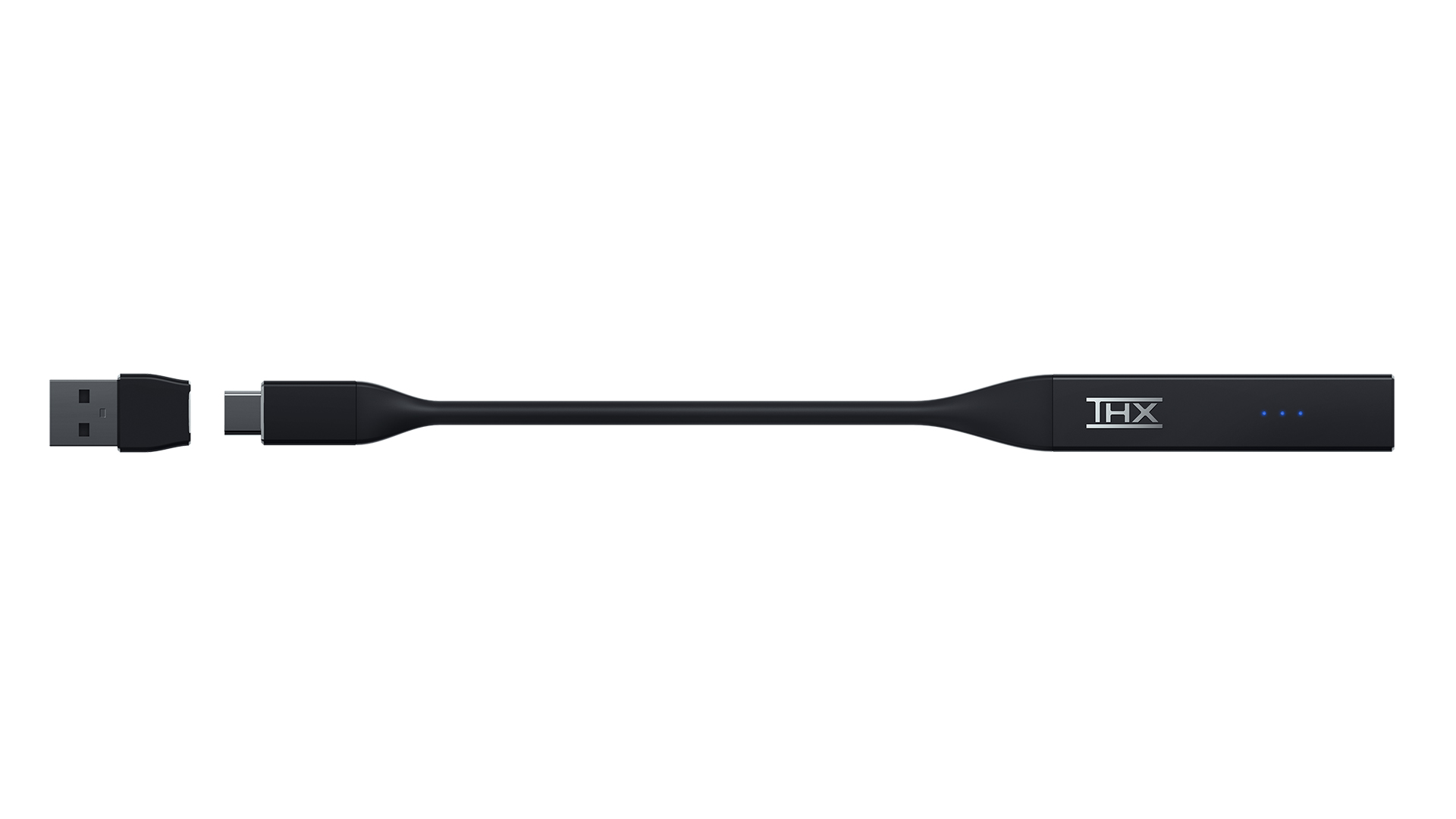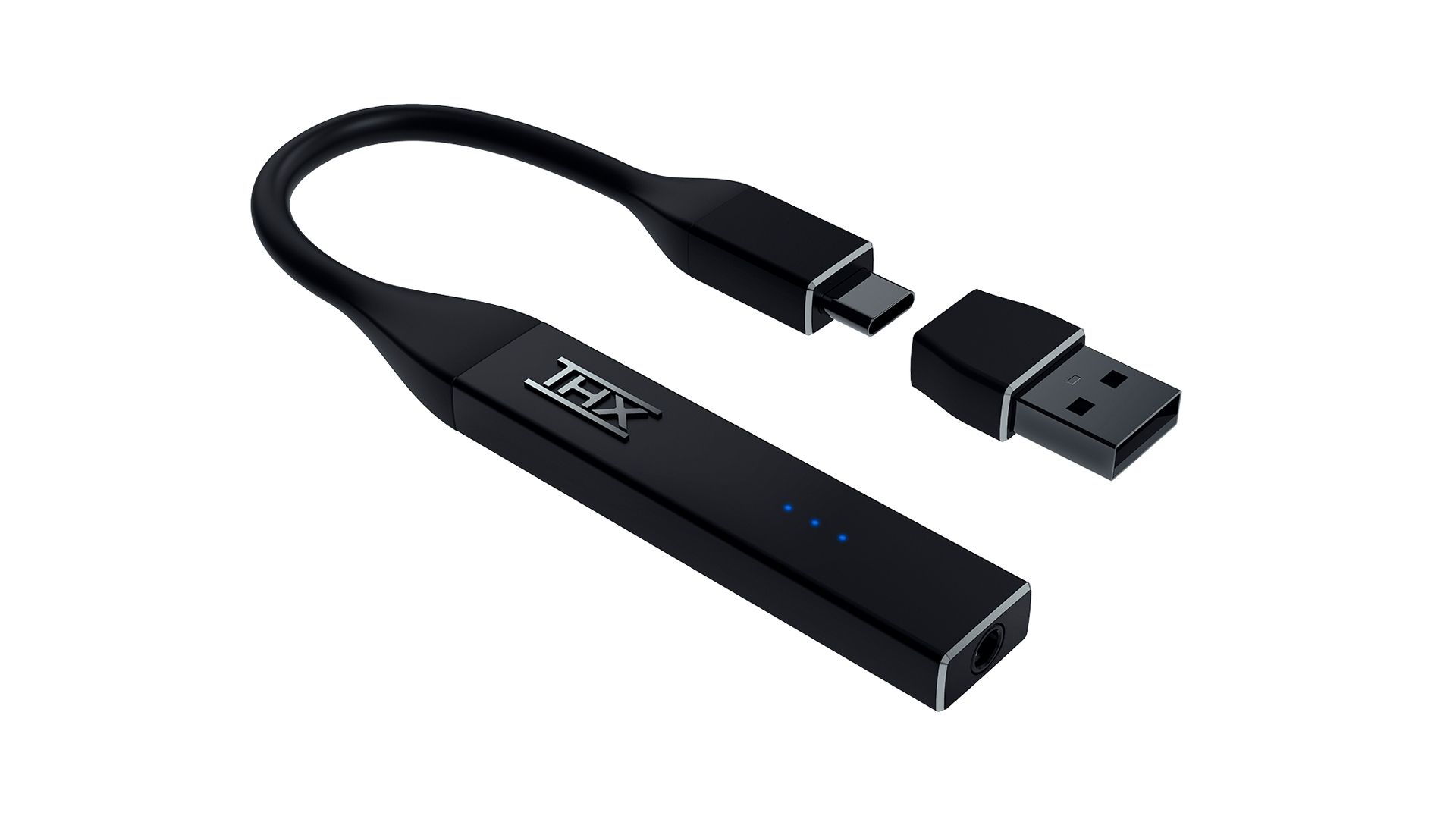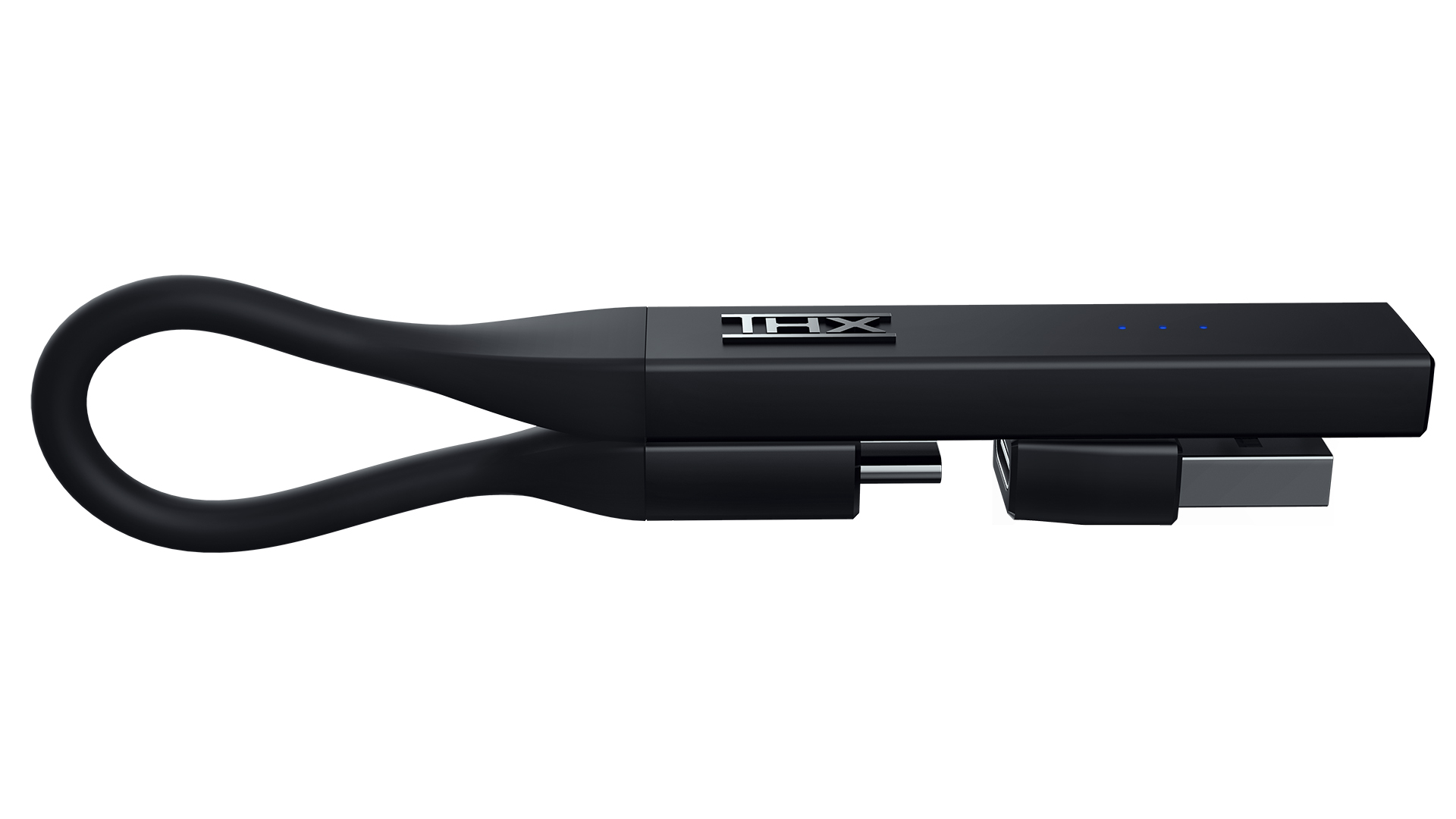What Hi-Fi? Verdict
THX’s debut product is nicely made and well-featured, but it lets itself down in the sound department
Pros
- +
Neat, versatile design
- +
MQA support
- +
Adds power, clarity and cleanliness
Cons
- -
Sonically basic
- -
Outclassed by cheaper rivals
Why you can trust What Hi-Fi?
Next time you’re in a cinema, take a moment to appreciate THX. After all, the US firm will be in some way to thank for the audio presentation you’re experiencing.
THX was born out of George Lucas’s disappointment at the quality of audio systems in theatres showing his Star Wars movies. Members of his Lucasfilm team, including sound engineer Tomlinson Holman, were tasked with developing a certification program for audio standards, and the first film to meet those specifications was the 1983 release of Star Wars Episode VI: Return Of The Jedi.
Almost 20 years after becoming a separate company, THX is celebrating another milestone, with its first crack at the consumer electronics market in the THX Onyx, a DAC/headphone amplifier. The company’s Achromatic Audio Amplifier (THX AAA) technology sits at the heart of the THX Onyx, a compact, portable device designed to enhance the sound between your source device and wired headphones.
Features

The THX Onyx is one of the most discreet portable DACs we’ve seen. It has a thin metal body, longer and narrower than the average USB stick, at the end of a short, thick USB-C cable.

Headphone output 3.5mm
Output USB-C
USB-A adapter Yes
File support 32-bit/384kHz PCM, DSD128, MQA
Device support Mac, Windows 10, Android, iOS (via adapter)
With that connection, and the USB-A adapter supplied in the box, the Onyx works with any Windows 10 PC, Mac or Android device via either of those output sockets. iPhone and iPads require the slim Apple Lightning to USB Camera Adapter (not supplied), although it’s worth noting that, in this case, your headphones’ in-line remote functionality won’t work.
Neither method requires specific drivers or installation – simply stick it into your chosen device, select it as your device’s sound output (if necessary) and plug your wired headphones into the 3.5mm socket at the other end of the DAC.
THX says the Onyx produces a power output comparable to that of entry-level desktop headphone amps, or five times more powerful than similar USB DACs. The claim is that its feed-back and feed-forward error correction method reduces distortion and noise levels up to 40dB lower than conventional power amps.
The latest hi-fi, home cinema and tech news, reviews, buying advice and deals, direct to your inbox.
This amplification design works alongside an ESS ES9281PRO DAC chip, which can handle files up to 32-bit/384kHz PCM and DSD128, as well as a Master Quality Authenticated (MQA) renderer for fully decoding and playing back MQA hard files and (MQA-encoded) Tidal Masters in their native quality – handy for Tidal HiFi subscribers who can access hi-res tracks in the Tidal catalogue.
Build

The Onyx’s metal casework doesn’t just house the amplifier, DAC chip and MQA renderer: it also has LED lights that indicate the file type and size being played. Blue denotes 44.1kHz or 48kHz PCM files and yellow signifies sample rates above that, while red and pink shine respectively when DSD and MQA signals are played. It’s a neat function, providing reassurance for those with hi-res music collections, and adding some visual interest to the design.
Apart from the LED lights and THX logo, the Onyx is as smart and discreet as the category demands, with both the casing and rubber cable feeling sturdy. THX has magnetised part of the casing and cable so that they can clasp together. It can be a balancing act when connected to the bottom of a phone, but a helpful method of cable management on a laptop or computer.
Sound

Whatever way you arrange the Onyx, it delivers sound much more powerfully than your source device – it’s cleaner and clearer, too. We use a range of earbuds and over-ear headphones, from reference models to more price-appropriate pairs, and various source devices, including Android phones and Apple MacBooks. Compared with the sound coming straight from the devices’ outputs, the THX amplifies the music, making it much bigger, more direct and more involving to listen to. A noisy and compressed sound, this is not.
There’s a hefty dose of clarity and degree of polish to the presentation that wasn’t there before as the THX certainly improves on the typically paltry output of such portable or desktop devices. However, we have concerns about its inability to enhance the source’s sound in every aspect – and as well as other similarly priced portable DACs can.
The five-star Audioquest DragonFly Red (£169, $200, AU$280) – the class-leading portable DAC at this price – provides a much wider window into a song, bringing musical details and instrumental textures to the surface that the THX overlooks.
The THX is second best when it comes to communicating the dynamics and timing, and therefore the rhythm and musicality of a track. Even the five-star Astell & Kern AK USB-C Dual DAC Cable and Audioquest DragonFly Black v1.5, both around half the Onyx’s price, fare better on these fronts.
We play Destroyer’s Savage Night At The Opera and, while the Onyx delivers Dan Bejar’s vocals with clarity and solidity, the DragonFly Red gets under his deadpan delivery more convincingly, while revealing more insight into, and tighter interplay between, the starry haze instrumentation. It’s a more mature presentation that makes the Onyx sound rather crude. And it’s this lack of transparency that makes its laudable efforts to support hi-res formats and MQA seem pretty futile.
Verdict
The THX Onyx has a logical design to serve a logical purpose, but the sonic execution lets down what is an otherwise well-considered product. It clears the first hurdle in amplifying device sound and bringing more clarity and cleanliness, but fails the all-important second by not delivering the level of detail or rhythmic quality required at this price. Suffice to say, you can do better.
SCORES
- Sound 3
- Features 4
- Build 4
MORE:
Read our guide to the best portable DACs
Read our Astell & Kern AK USB-C Dual DAC Cable review
Read our Audioquest DragonFly Red review
What Hi-Fi?, founded in 1976, is the world's leading independent guide to buying and owning hi-fi and home entertainment products. Our comprehensive tests help you buy the very best for your money, with our advice sections giving you step-by-step information on how to get even more from your music and movies. Everything is tested by our dedicated team of in-house reviewers in our custom-built test rooms in London, Reading and Bath. Our coveted five-star rating and Awards are recognised all over the world as the ultimate seal of approval, so you can buy with absolute confidence.

